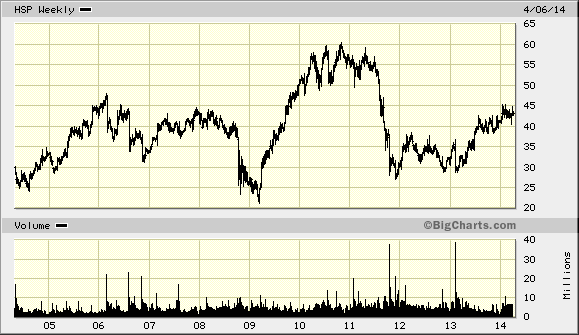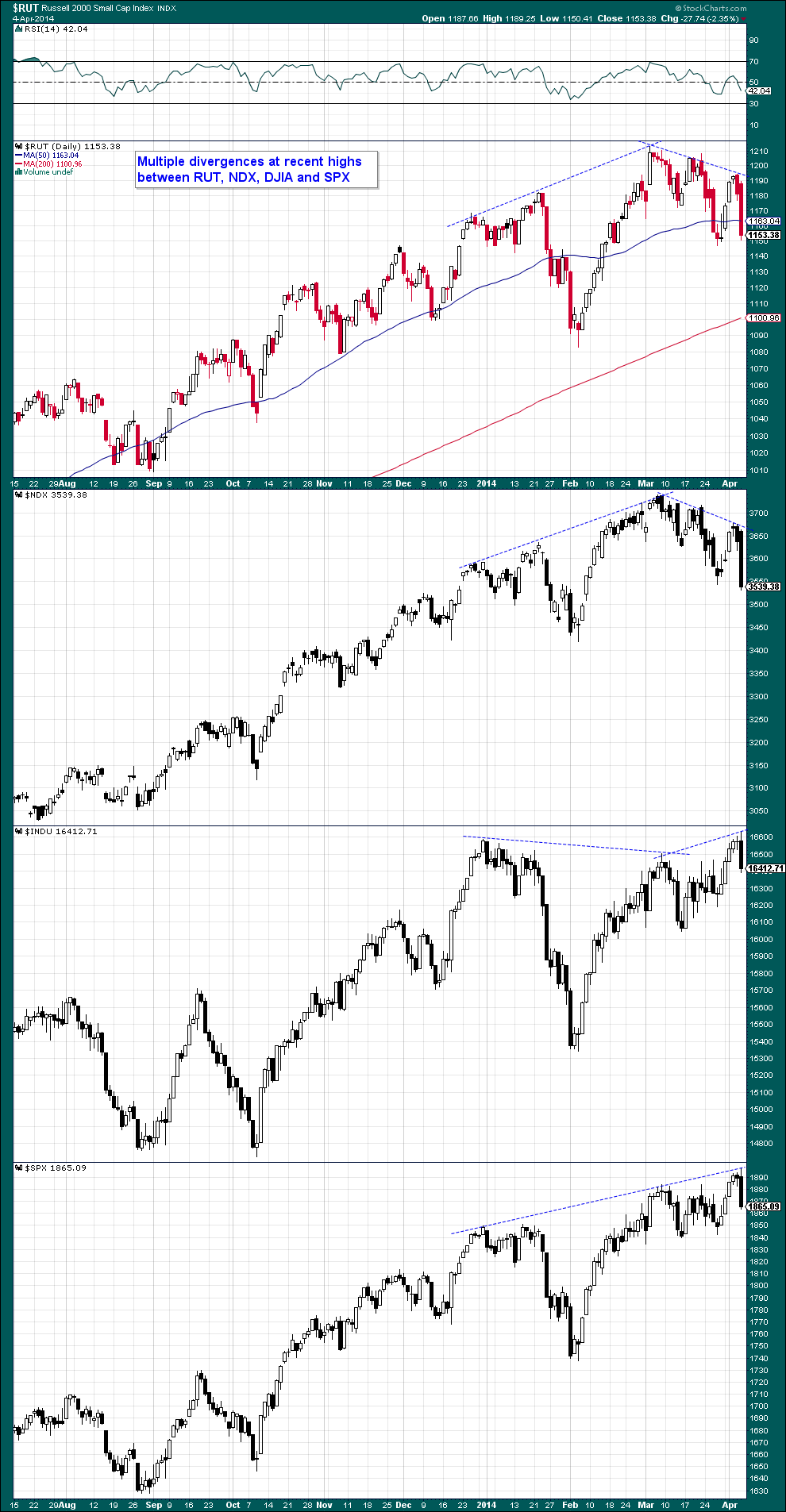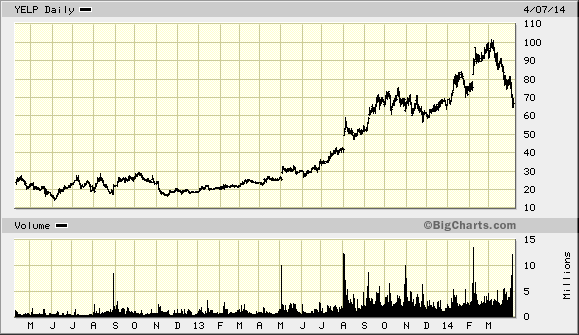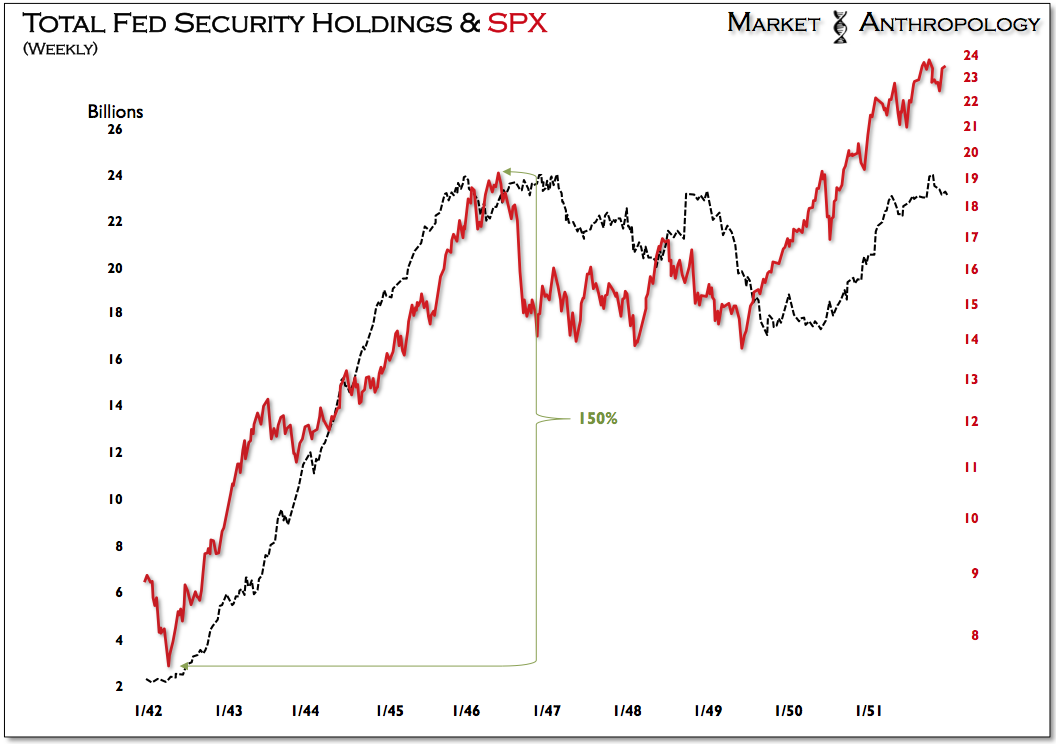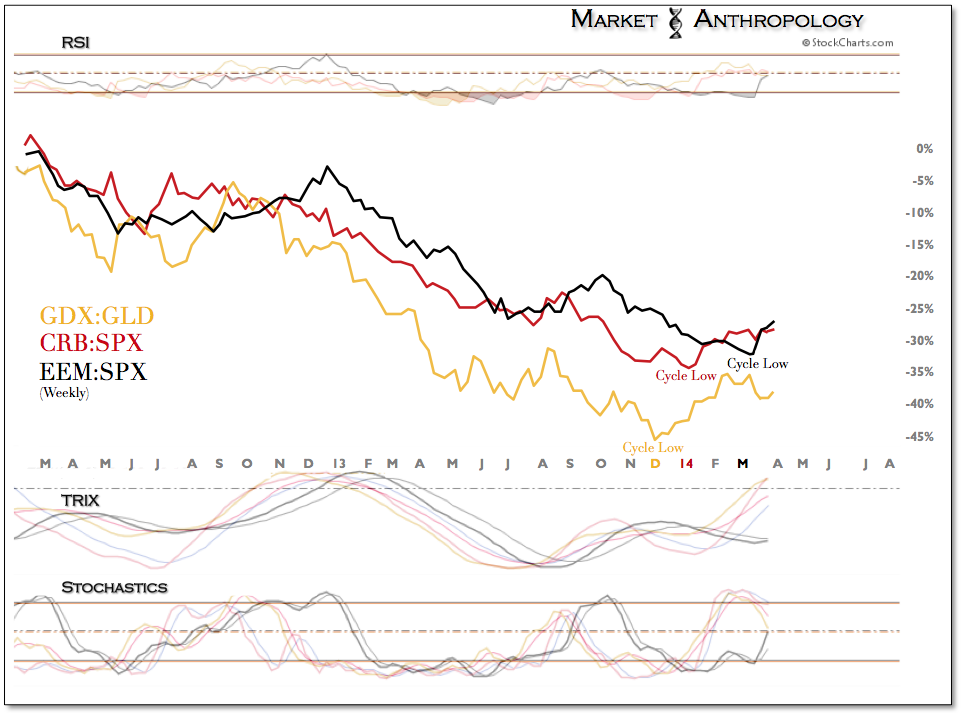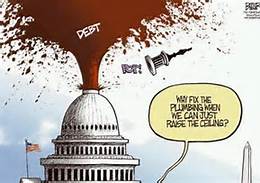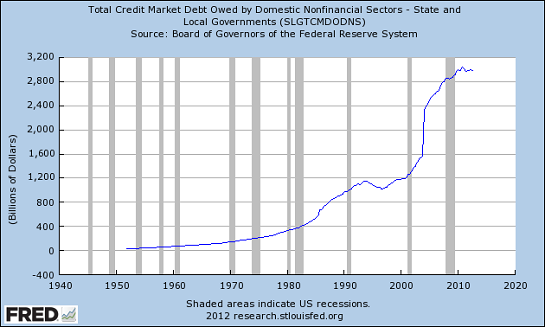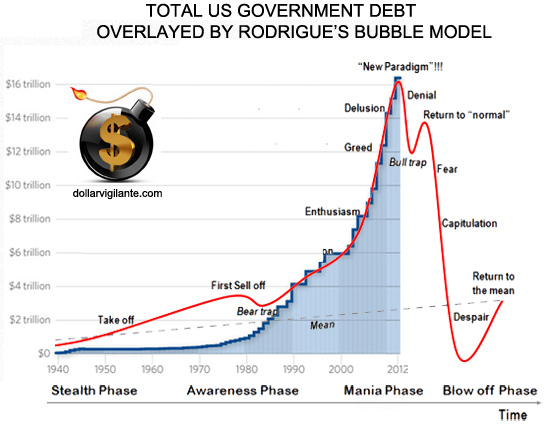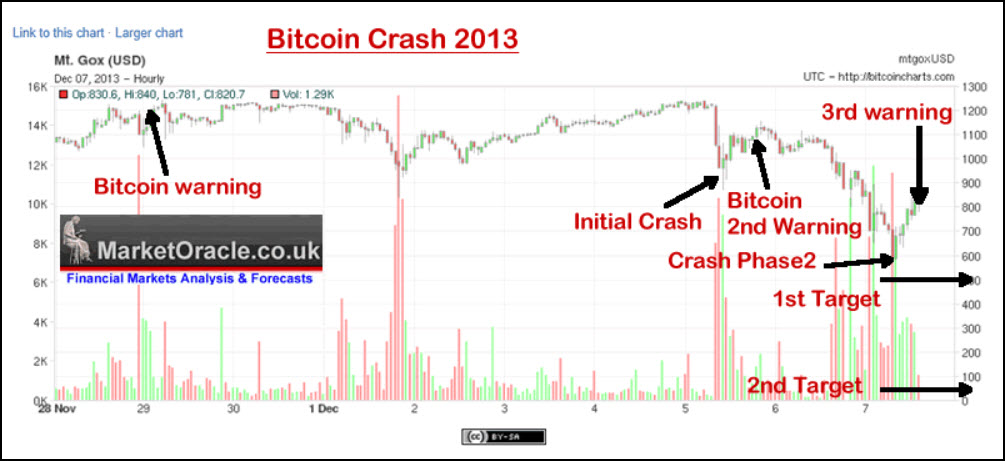I wait for large discounts; I look for the growth guys selling to the value guys.”
Video Lecture: http://youtu.be/Nph-sDz1EtA on November 9, 2013 in London.
Thanks to London Value Investor Conference, 22nd May, Featuring Mason Hawkins and Don Yacktman, April 7, 2014 by Tobias Carlisle
SEARCH STRATEGY
Wait for bad news; wait for things (news/events) that can drastically affect the company. Be prepared to act on it. At MFP, we spend all our time determining intrinsic values (“IVs”). Try to lead them. Determine IV beforehand, so you can act quickly when events push prices below IV. The Sell-Side talks about this last quarter. How the hell helpful is that? I don’t think one or two quarter’s matters or even a year’s worth of earnings reports. Understand what MIGHT HAPPEN not what DID HAPPEN.
Get prepared and wait for these opportunities like HSP, today (Nov. 8, 2013) at $32. It will be worth $45 in a year.
Management has said they have fixed problems at the plant, the balance sheet is clean. Management will buy-back stock. The company has $2.00 per share in earnings now and in a year it will have $3 per share. A fifteen multiple (conservative given the business and competing investments) gives you $45.
VALUATION
See:HSP VL
Hospira (HSP) is a manufacturer of generic drugs, a pharmaceutical company. The Federal Drug Administration (FDA) regulates their plants for certain standards of cleanliness and to ensure the bio equivalency of their drugs.
So HSP was earning $3 EPS and was an absolute growth stock that never disappointed Wall Street up until 2010. Earnings were growing at a nice rate.
Then one day, the FDA shuts down one of HSP’s larger plants. The stock opens at $28, down $17 points from $45. So what happens when a company has 200 million outstanding shares and the stock declines 17 points—HSP loses $3.5 billion of market cap. I do not believe it will cost $3.5 billion to fix the plant to FDA’s standards. HSP has 17 plants and the FDA closed only ½ of one plant.
The stock market puts $3.5 billion discount on the bad news from Hospira. The market is OVER-discounting or over extrapolating the bad news (perhaps to ALL of Hospira’s business).
THAT situation—a good company hit with a temporary/fixable problem to go on sale—is what value guys wait for.
HSP was consistently growing, earning $3 EPS and trading at 15 times earnings. It was owned by all the growth guys. So what happens when a stock goes from $45 to $28 or 17 points? The growth guys are selling to the value guys and the value guys, at $28 per share, are saying that the company will be hit now for $1 per share (earning $2.00 per share temporarily) but will be back to $3.00 per share after the company fixes the plant, buys back stock, etc.
It will take two years to get back to earning $3 per share and cost the company about $500 million or a $1 billion to fix the large plant. Meanwhile, the company will earn 50 cents or a $1 less than it would with the plant operating normally ($2.00 to $2.50 per share), but the intrinsic value of the company is about $45 with a 15 multiple on normalized earnings of $3.00 per share that the company should earn once they get religion and run their plants a bit better.
Then the growth guys will come back into the stock and then the value guys sell to the growth guys.
You look for the most down stocks; down 25% to 35%. I look for the growth guys looking to sell the value guys. Ask yourself if the discount is great enough. WAIT FOR BAD NEWS.
Michael F. Price 13F
% of Portfolio as of 12/31/13 |
|
| Hess Corporation | 7.48% |
| Intel Corporation | 6.2% |
| FXCM INC. CLASS A COMMON STOCK | 3.87% |
| Alleghany Corp. | 3.85% |
| Boston Scientific Corporation | 3.1% |
See a more detailed Case Study: Case Study Hospira by Price London 2013
and a prior lecture: M PRICE Columbia Lecture Notes_2009 and G&D Spring 2011
A student should listen carefully to the above lecture and try to also value Hess, another company mentioned in his London speech.
Value AMEX during the Salad Oil Scandal (A Great Blog)http://hurricanecapital.wordpress.com/


